Water Quality and Hydroponics/Gardening
Ambient
12 years ago
Related Stories
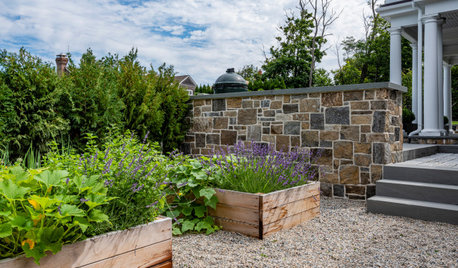
GARDENING GUIDES9 Ways to Be Water-Wise in the Edible Garden
Consider these tips to get a healthy backyard crop that uses less water
Full Story
SAVING WATERXeriscape Gardens: How to Get a Beautiful Landscape With Less Water
Conserve water and make gardening much easier with the xeriscape approach’s 7 principles
Full Story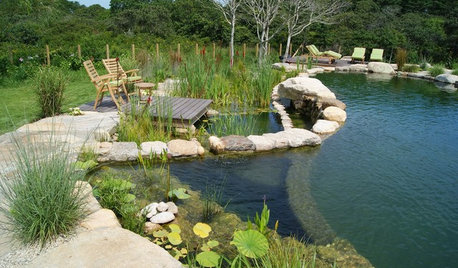
LANDSCAPE DESIGNSecrets of a Successful Water Garden
Relax. Having a water garden is much easier once you understand the basics
Full Story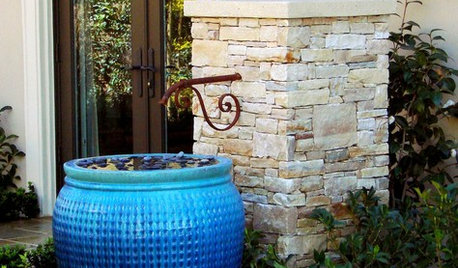
GARDENING AND LANDSCAPINGFall for a Water-Wise Fountain
No need to sacrifice beauty in the interest of water conservation — these smart fountain designs let you have both
Full Story
LANDSCAPE DESIGNHow to Move Water Through Your Landscape
Swales, underground pipes or a mix of both: There’s more than one way to distribute water in the garden
Full Story
SAVING WATER11 Ways to Save Water at Home
Whether you live in a drought-stricken area or just want to help preserve a precious resource, here are things you can do to use less water
Full Story
GARDENING GUIDES8 Unthirsty Plants Help You Save Water in Style
Spend less effort and money on your landscape with drought-tolerant and native plants that liven up your yard
Full Story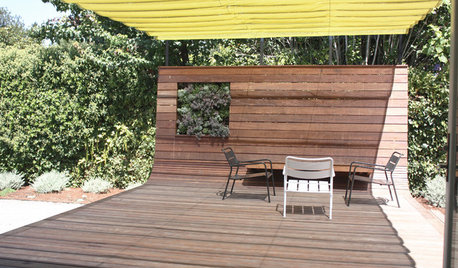
DECKSA Family-Friendly California Yard Wises Up About Water
Pavers and unthirsty plants replace Kentucky bluegrass in a Menlo Park landscape for a family of 4
Full Story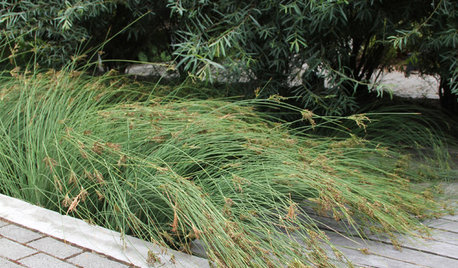
GARDENING GUIDESProtect a Precious Resource With a Rain Garden
Promote pure water and a beautiful landscape with a garden design that makes the most of the rain
Full Story
GARDENING GUIDES10 Creative Ideas for Cactus and Succulent Gardens
Arrange cactuses and succulents amid salvaged treasures, against a vibrant painted wall or in terraced beds
Full Story






grizzman
AmbientOriginal Author
georgeiii
8Planets
CMD1953
homehydro
AmbientOriginal Author
CMD1953
AmbientOriginal Author
homehydro
AmbientOriginal Author
Shouden
AmbientOriginal Author
homehydro
Shouden
8Planets
artwk
homehydro
grizzman
8Planets
willardb3
8Planets
AmbientOriginal Author
Outdoor_Hydro
AmbientOriginal Author
Moondog415
Ricone